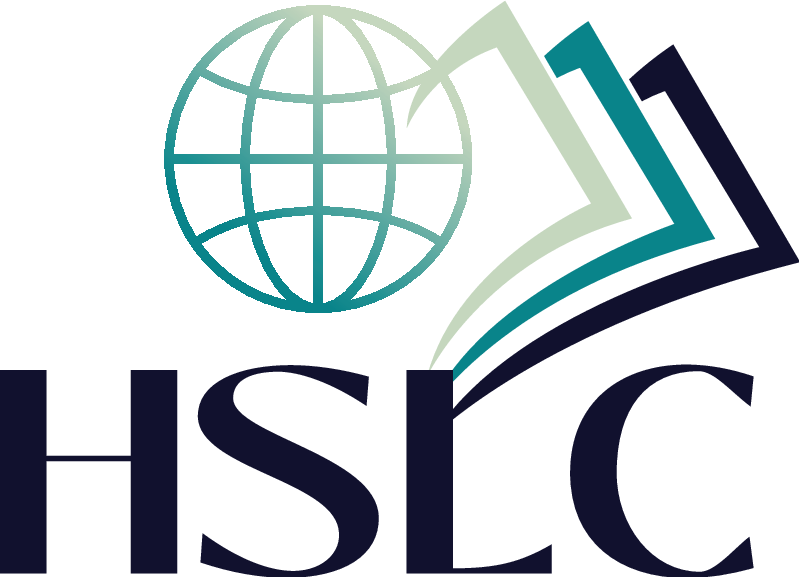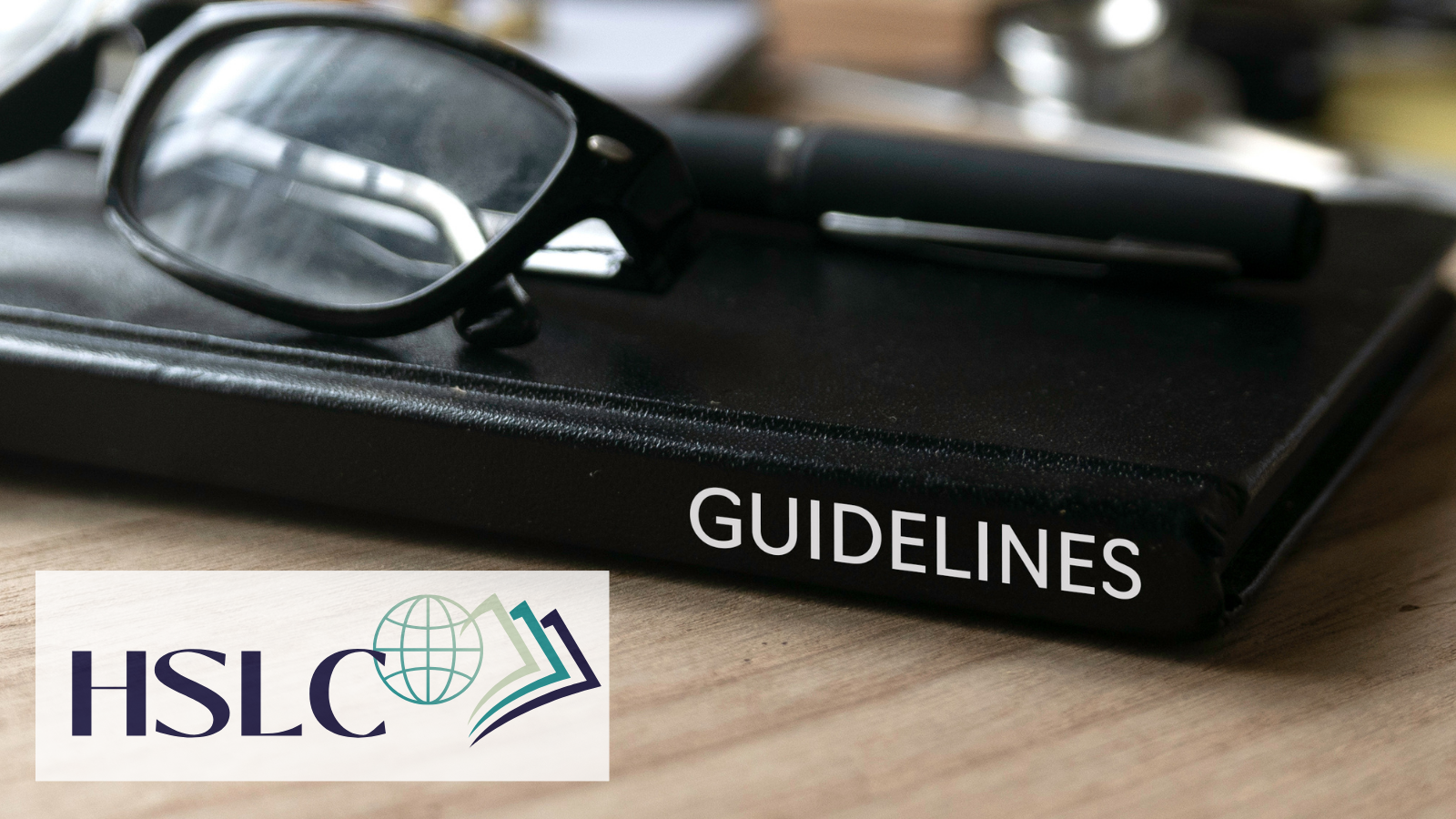Successful collaboration with vendors is crucial for acquiring, providing, and maintaining resources and services that best support the needs of your staff and your end users. In my many years of working with all types of vendors, I’ve developed some practical guidelines for navigating vendor relationships and related activities that will result in positive outcomes when working with outside companies.
1. Requirements
– Before contacting vendors, evaluate your library’s requirements. Understand what products, services, and/or features are critical to meeting your library’s goals. While your requirements may evolve during the process, having a clear as possible picture of your requirements at the start will narrow vendor selection and allow for staff and user needs to be stated effectively.
2. Vendors
– Conduct research on vendors to ensure the product or service aligns with your library’s requirements and budget. Seek recommendations from peers who have recently sought similar services, and from peers who are long-time customers of potential vendors. Key factors to consider when selecting a vendor are quality, compatibility with existing systems, reputation, support, and costs. An excellent resource for identifying library vendors is the Library Technology Guides resource maintained by Marshall Breeding.
3. Communication
– Effective communication is the keystone of any vendor relationship. Clearly define points of contact and preferred communication methods early on to ensure both parties are on the same page. This will be key moving forward when confirming expectations, timelines, and deliverables. Additionally, regular check-ins with your vendor representative will enable for smoother transitions when your vendor changes personnel.
4. Contracts
– Draft contracts that outline terms of service, costs, delivery schedules, and support levels, paying special attention to any annual fees and price increase structures included by the vendor. In addition to reviewing contracts and contract revisions closely, it’s advisable to have contracts reviewed by legal to protect your library’s interests. Consider asking for nonprofit discounts as applicable and possible.
5. User Needs
– Assessing and advocating for the needs of your users is a crucial part of the vendor relationship life cycle. Throughout the relationship with your vendor, advocate for the needs and preferences of your users to ensure that the products and services procured enhance the user experience and align with your library’s requirements.
6. Guinea Pig
– Offer to be a tester where applicable. Having the opportunity to test or view early releases of features enables your library to offer insight before a feature is fully released. Becoming a trusted go-to tester for your vendor can position your library to ensure that the needs of your staff and users are accounted for during the development process, with an additional benefit being that it will reduce the number of feature enhancements your library will need to request.
7. Performance and Feedback
– Regularly evaluate vendor performance against agreed-upon deliverables, and utilize agreed upon support mechanisms to provide feedback as necessary to address any issues. Regular feedback helps vendors to understand your library’s expectations and encourages continuous enhancement to products and services.
8. Periodic Comparison
– In particular for core service products and/or more expensive products and services, it’s best to formally obtain pricing and product feature lists from competing vendors on a set schedule. Even if you are satisfied with your current vendors service and relationship, it is appropriate due diligence to compare your current service and costs on a regular schedule. A guideline to follow is to perform a comparison every 3-5 years.
Following these guidelines will lead to the successful vendor relationships, improved experiences with product and service delivery, and most importantly, an increased satisfaction for staff and users. Remember, successful vendor management is about building relationships that support the library’s staff and users while maintaining an eye on continuous improvement.
Would you like assistance with evaluating a service or managing a procurement process? Just fill out our Consultation Request Form and we’ll help you come up with a plan!

Vincent Mariner, Deputy Director


